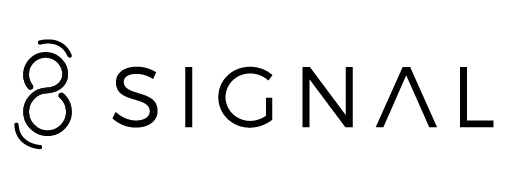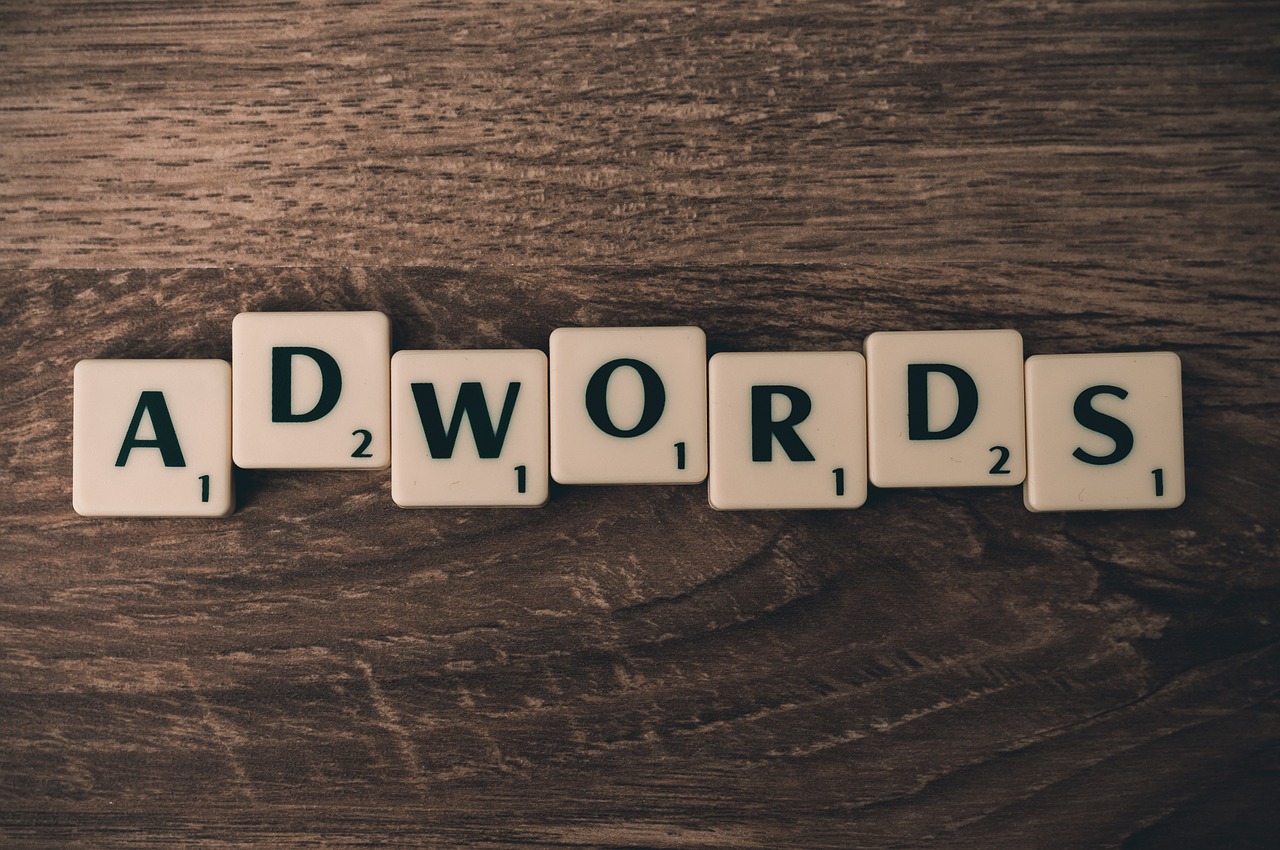7 Tips on how to stay relevant and on page one of Google search results
You might be asking yourself… What exactly is Google AdWords?
Put simply, Google Adwords are the ads at the top of the search results that show up at the very moment that your customers search on Google for the products and services you offer. They are on a Pay-Per-Click (PPC) basis, which means you only pay for clicks to your website.
So why would you pay to have an ad on Google Search results?
With Google AdWords you can:
Attract more customers
Whether you’re looking to bring in new website visitors, grow online sales, get the phones ringing or keep customers coming back for more, Google AdWords is one of the best ways to achieve this, and we can help you with it.
Reach the right people where and when it matters
Your business gets found by people on Google precisely when they’re searching for the things that you offer. This means that you can reach relevant customers on relevant sites all across the web. A range of options let you target by website and/or audience type, or remarketing. This has been a very successful strategy for our client, Lynn Arnold, the owner of The Retreat Birthing Center.
Advertise locally or globally
You can target your ads to customers in certain countries, regions or cities – even within a set distance from your business or store. For example, Lynn’s clients not only live in our local region, many of them are searching for her services from different regions in Mexico. We’re able to target the exact regions where her contacts live.
No visit? No fee!
This is the beauty of PPC and it means just that, you get what you pay for, and what you get are results. You only pay when someone clicks your ad to visit your website, or calls you. Here at 8 Signal, we continue optimizing your ad weekly to ensure your results keep getting better.
Now that we’ve looked at what we can do with Google Adwords, let’s summarize what Isaac Pfitzner at wordjack.com says are some of the most common misconceptions advertisers have about this.
4 Common misconceptions about Google Adwords
Misconception #1: I will be able to search and find my own ad
You may not be able to search and find your own ad, especially when Google rotates your ad with other competitors. Search results usually appear along with 3 other ads on the page. Does this mean only 4 businesses wanted to advertise? Of course not. The spots on the first page of the results are a small part of a highly competitive market. Some of the reasons you only find 4 ads on the first page are:
Bid was too low – The ads appearing may have been bidding a high quantity, but plenty of advertisers placed their bids well below that.
Out of budget – Let’s consider an advertiser who limited their budget to $3000/month. They would control that by setting a daily limit of $100 ($100 x 30 = $3000). So they may have already spent $100 on clicks in the morning and used their budget for the day.
Quality score – There may be an ad that talks about what you search for, and links to a page about it. But no one is clicking it or staying in the website, because it is not specifically related to your search, location, interests, among other things. Even if this advertiser is bidding more than anyone, their ad won’t appear because Google has calculated that the clicks on the ad are not enough and Google isn’t making any money from it.
Misconception #2: If I bid a high price I will appear in the first ad position on Google
This is related to the Quality or Relevancy Score. The click bidding process is not designed to give you certainty in ad position or rankings. It is designed to ensure you don’t pay more than you are bidding for a click, and that you only pay when someone clicks on your ad.
That’s where we come in. 8 Signal’s Ads Management service is all about looking for ways to consistently increase your Quality and Relevancy Score. This will ensure that you are paying less per click while appearing more frequently than your competition.
Misconception #3: My ads on Google AdWords will appear everywhere on Google
This is correct to some extent. It’s important to know that Google Search Network refers to ads on Google.com itself. Another option used in advertising is Content Network. You have probably seen ads while browsing the internet about things related to the specific website you’re visiting. Google has millions of sites that are signed up to show Google ads. If a user clicks your ad in one of those websites, Google delivers the visitor to yours.
Misconception #4: To run a meaningful ad campaign, I need to spend thousands every month
There are people competing against you that may be spending a lot of money. Don’t get into a bidding war with people who have deeper pockets. In fact, assume that your competitors are allocating more money, or they don’t know how to spend it. But stick with us and keep reading on, because in this article we will tell you some tips and ideas on how to get by on a cheaper budget.
Google has changed its search results ads, quite dramatically…
During the last week of February, Google announced its decision to remove all right sidebar ads from the search results page, and potentially place up to four advertisements above the organic search results.
Here’s a page with updates on this subject from the folks at The SEM Post
A search result page before the changes:
After:
What does this new layout mean?
- No text ads on the right hand side of the results page.
- Up to 4 ads will be shown above the organic search results
- Up to 3 ads will be shown below them.
A Google spokesperson told The Search Engine Marketing News Post “We’ve been testing this layout for a long time, so some people might see it on a very small number of commercial queries. We’ll continue to make tweaks. But this is designed for highly commercial queries where the layout is able to provide with more relevant results for people searching and better performance for advertisers.”
For now these changes only apply to searches carried out on a desktop or laptop computer. The results on the mobile website should remain unaltered.
Since the changes were made so recently, it is still too early to tell the exact impact this change will have on business, but there is enough information available for us to make some informed predictions.
AdWords Click-Through Rates will increase for the top 4 ads
With the new changes Google has implemented, the top four ads will dominate the first page of almost all searches, this will cause their click-through rates to rise but it will also push down the organic search results, meaning that the click rates in positions 5 and over will decline.
Raj Nijjer, publisher at GeoMarketing, tweeted this about the new Google ads and how they affect the organic search results: https://twitter.com/rajnijjer/status/701120771591045120/photo/1?ref_src=twsrc%5Etfw
Cost-Per-Click might go up
The basic principles of supply and demand indicate costs will go up. Demand for above-the-fold ad positions has stayed the same, but the supply is now reduced. If you want a higher Click-Through volume, you may need to bid more aggressively to get into the top four positions.
Relevancy Score starts playing one of its biggest roles here. Let’s talk about this and why Google’s new layout will encourage advertisers to improve their scores. Ad relevance score makes it easier for you to understand how your ad resonates with your audience. The more relevant an ad is to its landing page, the higher the Relevancy Score. The higher the Relevancy Score, the better the ad position, the less it might cost per click and the more cost effective it will be.
In other words, as an ad increases in relevance to its audience, the better it is likely to perform. So… what can you do to keep your business relevant in Google?
7 Tips to stay relevant in Google’s changing world
1. Be specific with your targeting

If you try to target a broad audience, chances are your ad will get lost in a sea of cookie-cutter ads. You may end up with something that is not relevant to most people. Try narrowing your audience by specific location, ages, interests, and if at all possible, behaviors. The people conducting a search may be looking for something really specific that you offer so…
2. Focus on strategic bidding
Search what you consider to be the most important keywords of your business on Google and analyze the results. Make sure you are not using your entire budget on keywords that do not bring conversions. Related to being specific with your targeting, think about bidding on more detailed search queries.
For example, vague keywords such as “El Paso Attorney” will be highly competitive and therefore expensive to bid for. But something more specific like “El Paso family and workplace law attorney” may be much less competitive.
3. Think about your company’s image and message
Think about how your company’s image and message resonates with your audience. Keep your message simple and related to what you are promoting.
4. Beat your competitors with a good ad copy
Usually, you only get a title and 2 short lines of text to work with. Ads that explain why you’re the best option and why someone should click your ad over the others, may give you an advantage that money just can’t buy.
5. Refresh your ad
Over a long enough period of time, an audience that once responded positively to your ad can grow tired of it. Campaigns, such as Google AdWords, need ongoing monitoring and constant updates in order to be successful.
This is especially true knowing that Google is constantly changing the game, big time. When the relevance score for an ad drops, let us create a new ad with fresh content for your audience. That’s why we monitor our clients’ AdWords accounts at least once a month, and as frequently as once a week.
6. Make sure you have an optimized landing page
When someone clicks on your ad, Google redirects the visitor to your website. Check to see that you have the best landing page waiting for them. Imagine if your page led to 10% of visitors contacting you, rather than 4%. That’s the smart-guys way of getting results and saving twice as much. Great features on landing pages include:
- A prominent call to action and visible contact details.
- A strong title that explains what you offer and how it is related to the ad that was just clicked.
- Helpful details about your service or product.
- A quote or testimonial from a satisfied client.
- A special offer, if applicable, that encourages the reader to pick up the phone in that moment.
Here’s an above-the-fold screenshot of a landing page we are currently building for just this purpose:
7. Consider other strategies to reach the results you want
One of the many ways 8 Signal can help is Search Engine Optimization (SEO). This is a great way to improve organic search results and therefore get higher traffic on your website.
Another strategy to consider is to take advantage of Content Network, to recap, this is where your ads are put on related web pages, not just on Google results, and you can attain clicks for a much lower price. So, stacking Google AdWords with Content Network might get you closer to your goal… gain paying customers.
Ready to make Google AdWords work for you?
Google AdWords isn’t for everybody. However, most businesses, especially local ones, truly stand to benefit from this. Whether you already run ads on Google and want to see a better return, or if this is your first rodeo, we invite you to call us to learn how you can make Google AdWords work for you.
Here’s what Lynn Arnold had to say:
“Ever since I started working with you, I get phone calls and emails almost every day. You really know what you’re doing, and you know how to get results for me. I highly recommend you to anyone who isn’t my competitor!”
We want you to say this too. Give us a call at 915-585-1919 or send me an email to ruben@8signal.com.






